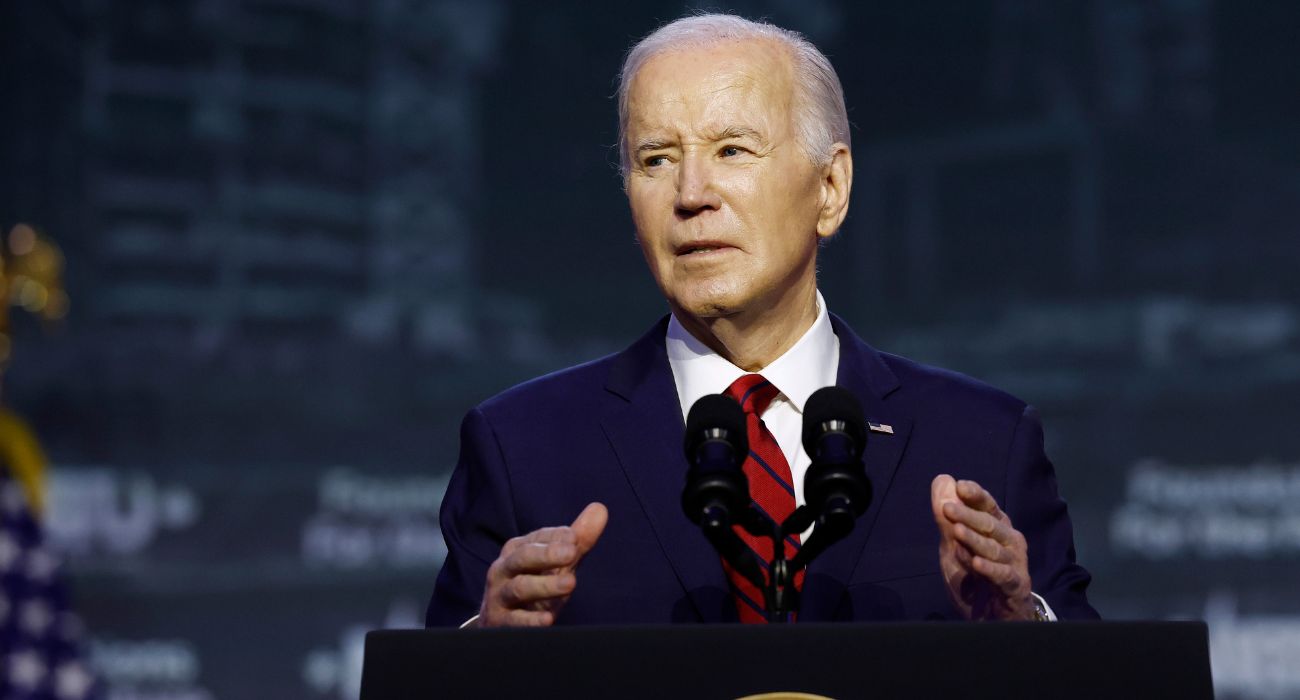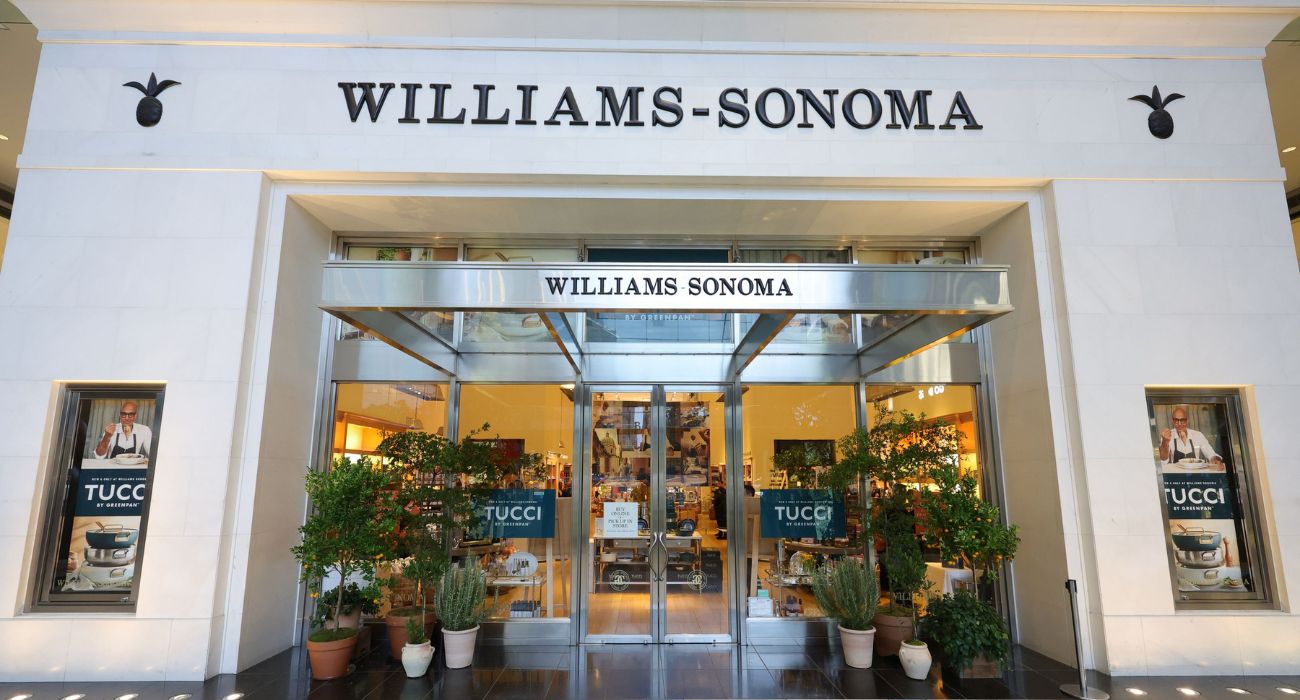The U.S. economy reported stronger-than-expected growth in the second quarter of 2023, marking a full year of positive growth despite significant headwinds for both businesses and consumers over the past 12 months.
Gross Domestic Product (GDP) — the most widely-used indicator to gauge the overall health of the economy — increased at an annual rate of 2.4% in the second quarter of 2023, up slightly from 2% in the first quarter, according to the latest estimate reported by the U.S. Commerce Department’s Bureau of Economic Analysis (BEA).
GDP is defined as a comprehensive measure of U.S. economic activity determined by the market value of all final goods and services produced in the United States. Real GDP measures output using a fixed rate of currency and is adjusted for inflation, while Nominal GDP measures output using current dollars and is not adjusted for inflation.
According to the report, the second-quarter increase in GDP was the result of increases in consumer spending, nonresidential fixed investment, state/local government spending, private inventory investment, and federal government spending. On the other hand, growth during the quarter was partly offset by decreases in exports and residential fixed investment.
When comparing Q2 estimates to Q1 results, BEA noted that “the acceleration in GDP in the second quarter primarily reflected an upturn in private inventory investment and an acceleration in nonresidential fixed investment.”
The report also noted how upward movements were partly offset by a downturn in exports and imports, as well as decelerations in consumer spending, federal government spending, and state and local government spending.
Although the U.S. economy saw three upward revisions to GDP in Q1 and a strong first estimate in Q2, the Federal Reserve may view the economy’s overall resilience as a sign to approve another rate hike later this year.
“A moderate pace of growth affirms the economy had plenty of fuel in the tank to weather a historic combination of rising interest rates and inflation,” said Noah Yosif, an economist at the National Association of Federally-Insured Credit Unions, Fox Business reported.
“The dual-resilience in consumer spending, underpinned by a robust labor market, and business investment, supported by sustained economic activity, enabled the economy to avoid a recession at a time of heightened vulnerability to realizing one,” he said.
On Wednesday, the U.S. Central Bank approved its 11th rate increase since March 2022, raising the benchmark interest rate to 5.25%-5.5%, the highest level since 2001.
In their Federal Open Market Committee policy statement released on Wednesday, Fed officials highlighted the economy’s continued but moderate expansion, robust job gains in recent months, and low unemployment rate.
During a scheduled press conference, Federal Reserve Chairman Jerome Powell explained that in the committee’s view, “[monetary] policy has not been restrictive enough for long enough” to get inflation down to 2%, which he noted is unlikely to occur until “2025 or so.”
“A soft-landing remains possible, but timing will be essential to realizing this outcome — balancing a drawdown in the tightening cycle with its constrictive effects on economic growth,” Yosif said, per Fox Business.
An updated second-quarter GDP estimate is scheduled to be released on August 30.






